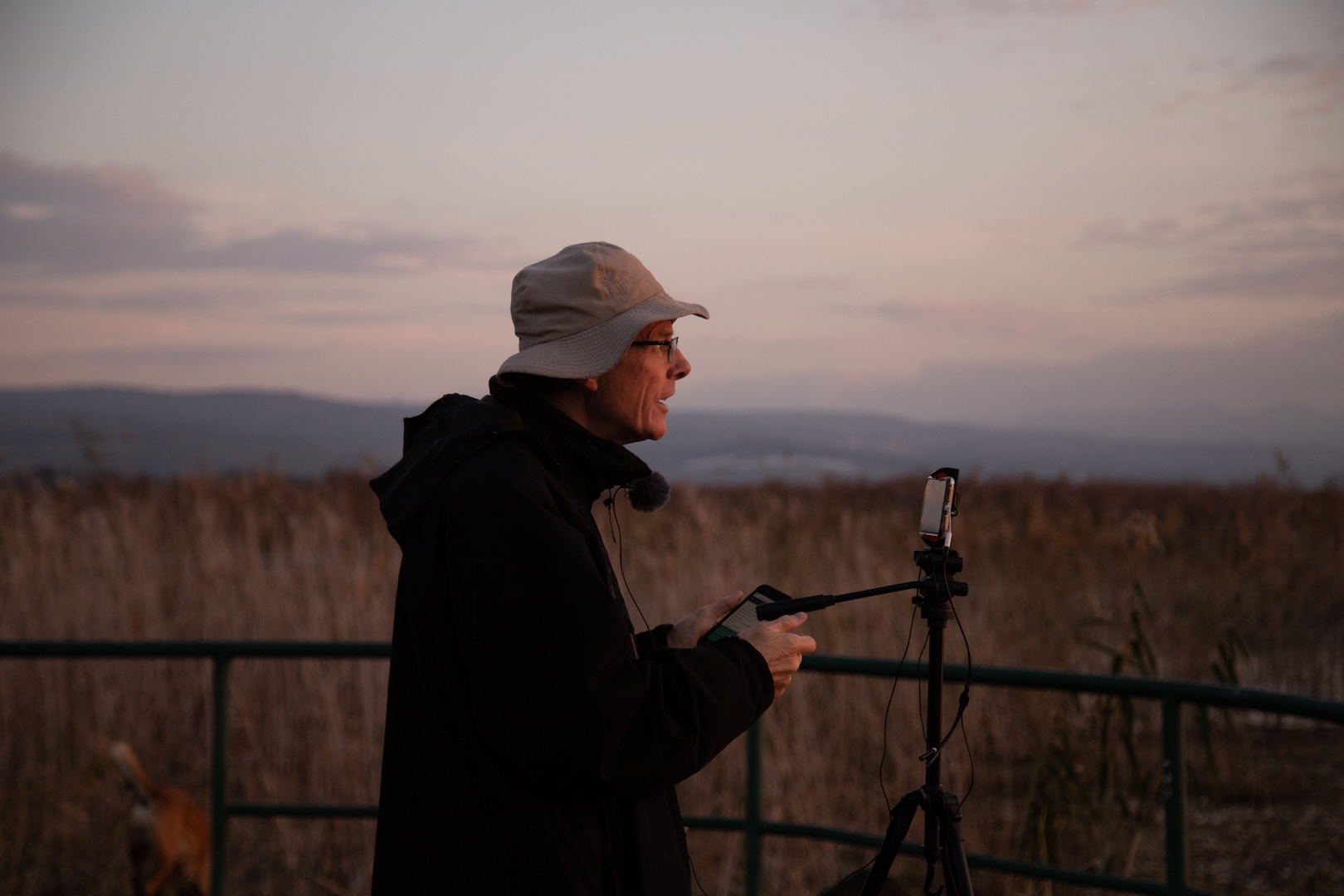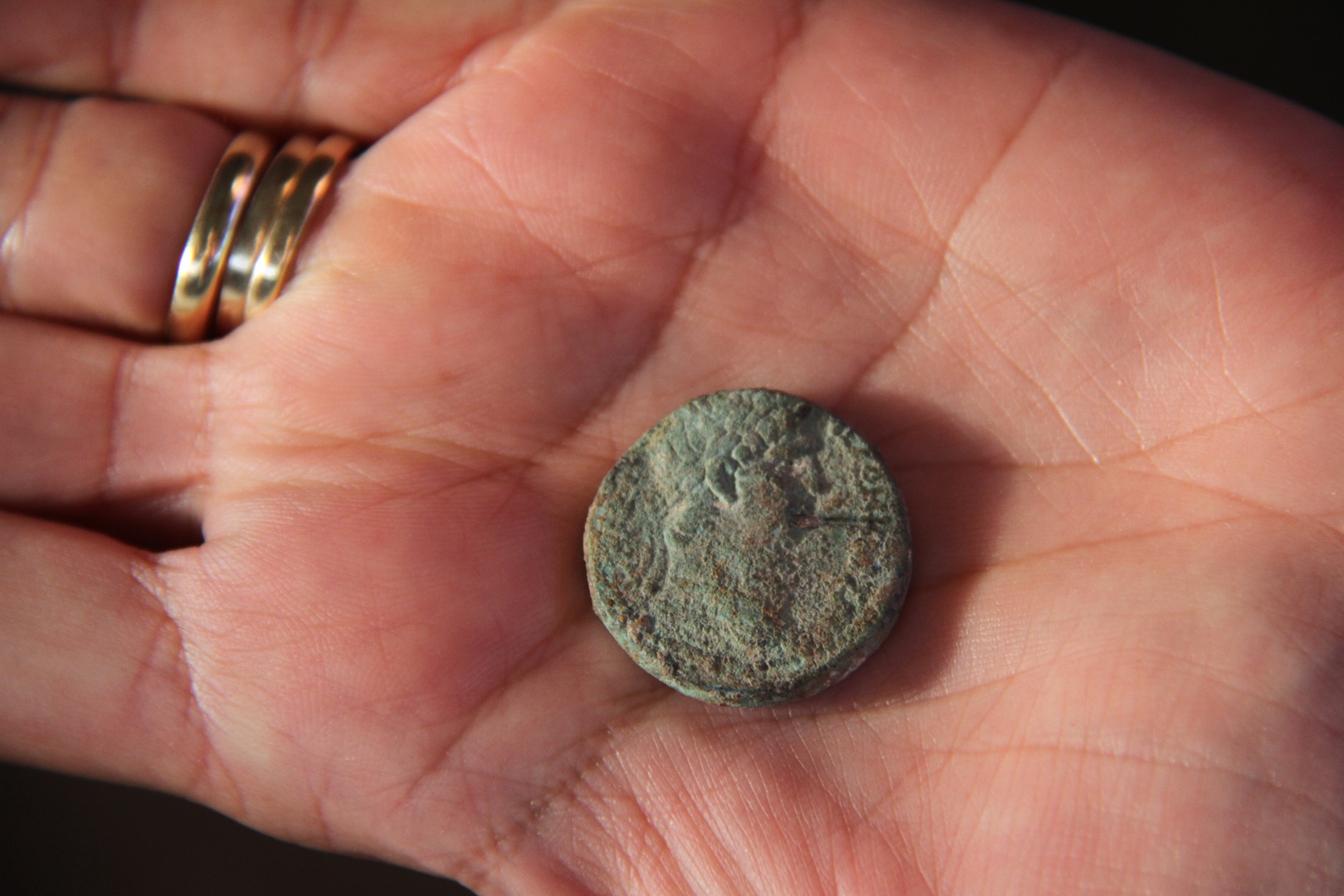When the Mamluk ruled over Palestine, several travelers wrote down their testimonies about Magdala. We have talked about Burchard of Mount Sion, and Ricoldus de Monte Crucis, the last ones to talk about the church at Magdala. A few years later, Blessed Odoric of Pordenone (1300) and Nicholas of Poggibonsi (1347) briefly refer to the location of the ancient town.
A bit more specific was James of Verona, who wrote in 1335: “Five miles south from Bethsaida, by the sea, is the castellum of Mary Magdalene and Martha.” And he adds that this castellum “it’s located on the hill, and to the west and north, spreads a large and spacious esplanade”. Leaving aside the confusion, already widespread at that time, between Mary Magdalene and Mary the sister of Martha, it is interesting to note that James of Verona calls Magdala castellum. Although this Latin word can mean both village and castle, for James, an Italian, it probably meant a castle. The fact that this place is located “on the hill”, would seem to confirm this impression.
One might think that James of Verona saw a castle on Mount Arbel and imagined, that in ancient times, Magdalene had lived there. However, the only castle in that area is Qal‘at Abu Ma‘an, which, according to archaeologists, was only built in the 17th century. Therefore, it is most likely that our pilgrim, seeing the ruins of Magdala “next to mount” Arbel, imagined that these were the remains of a great castle that would have belonged to the Magdalene.
Discover more articles from this category







